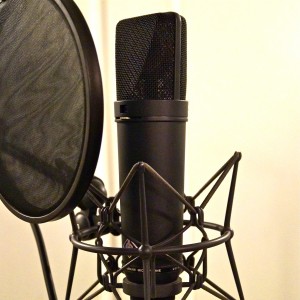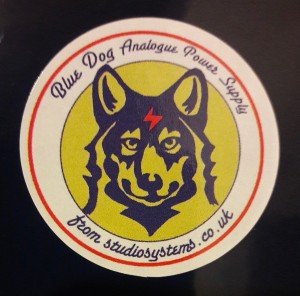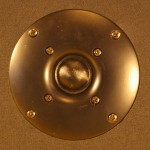
Podcasts are one of the fastest growing media sectors. Maybe you have thought about creating one for your company or for yourself. A podcast is a great way for a company or individual to create more brand awareness or reinforce or grow a perception of industry sector expertise. For musicians it could be a good way of engaging with fans. Relevant content delivered by people with a passion for the subject can make for compelling or informative listening.
But it can be hard to know where to start – even if you have a great idea for a podcast – recordings made in an office or other work or home environment almost certainly won’t sound very professional or be that easy on the ear.
As ever increasing numbers of people consume podcasts it becomes much more and more important for a their producers to apply the same kind of high production values as the best professionally produced radio shows. You need a good quality listening experience to set your podcast apart form the ones produced on a laptop in a kitchen with someone using a USB mic.
 The way people listen to podcasts is intimate – often on headphones or earbuds – and so you don’t want any imperfections in the quality of the production to irritate. You certainly don’t want distracting background noises like traffic, slamming doors or dogs barking. Voice levels and dynamic range need to be consistent and voices and other content to need to be well recorded and produced without any harshness or lack of clarity that might impede the listeners understanding.
The way people listen to podcasts is intimate – often on headphones or earbuds – and so you don’t want any imperfections in the quality of the production to irritate. You certainly don’t want distracting background noises like traffic, slamming doors or dogs barking. Voice levels and dynamic range need to be consistent and voices and other content to need to be well recorded and produced without any harshness or lack of clarity that might impede the listeners understanding.
In the near future it is likely that podcasts will be streamed like music is now in which case your podcasts need to sound as good as, or better than, the others it is listed alongside on the streaming service. These quality concerns are similar to those of audiobook production of which I also have experience.
Content is key – it is important to plan and script so that you know where the podcast is heading from the start and what ground is going to be covered. A script might actually turn out to be more of a series of bullet points rather than something to be read out verbatim – that generally doesn’t work well with those inexperienced at voice presentation.
We can help with structuring the podcast episode if needs be – or we can just focus on the technical aspects while you deliver the content! Of course I will take care of editing and post production after the recording session is finished – this might include adding music or other audio elements like intros and outros.
Using more than one presenter can make the podcast more interesting and we have space in our live room for at least 3 seated contributors so if you want a double or triple header – or maybe an interview – it’s no problem.
Radio production experience is important when producing effective podcasts – it helps to know the ways that audio can be produced to make the podcast flow in a way that works well for the listener – keeping them informed, interested and entertained.
 At dVoiceBox I already produce podcasts with people like former BBC Radio 2 presenter Frank Renton – his podcast Still Listening to the Band gives his listeners an insight into the world of brass band music. I’ve been producing that for the last couple of years.
At dVoiceBox I already produce podcasts with people like former BBC Radio 2 presenter Frank Renton – his podcast Still Listening to the Band gives his listeners an insight into the world of brass band music. I’ve been producing that for the last couple of years.
My previous experience also includes 22 years in radio which included several years producing award winning (New York Radio Festival) social action broadcasting content in the days when commercial local radio still did speech based content. My studio specialises in spoken word projects and so I know how to record voices and produce voice based audio that sounds great and which listeners will want to listen to.
Got an idea for a podcast? Give me a call and lets get started!
Contact 07866 784925
Chris Radley
dVoiceBox Studio








